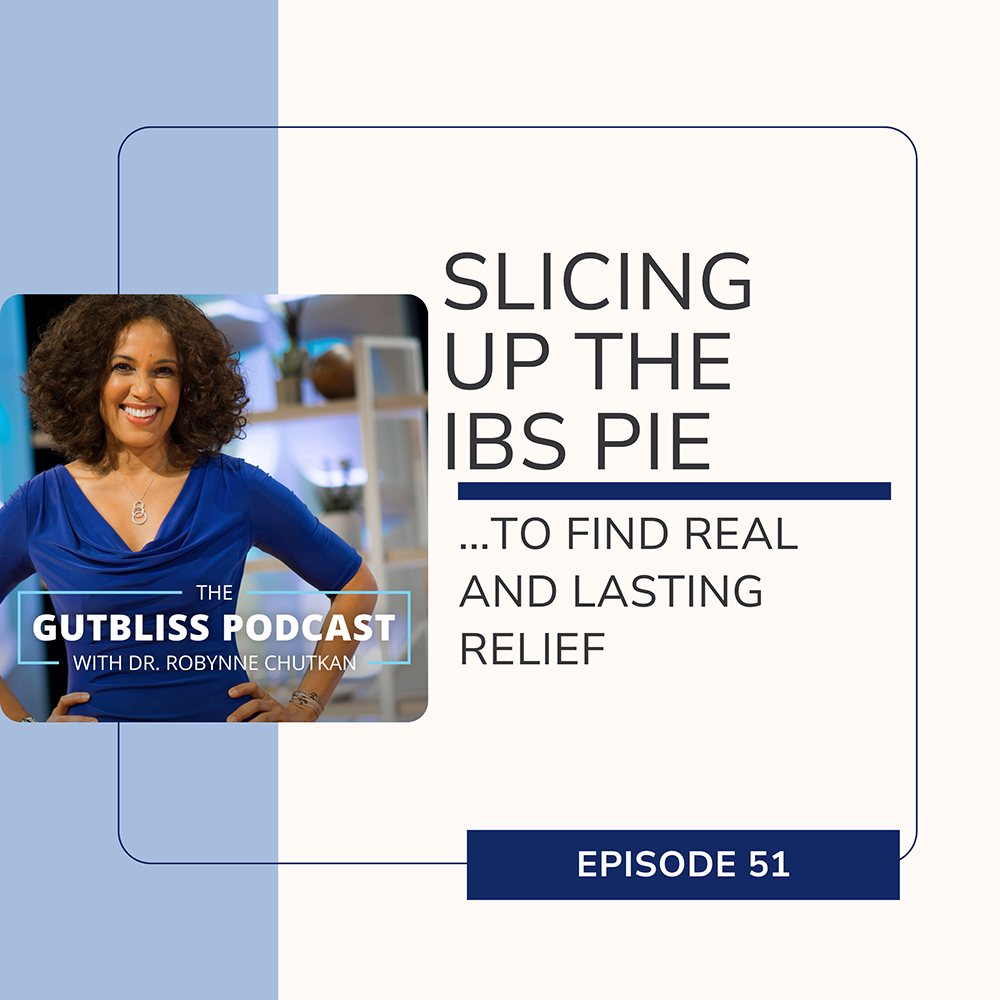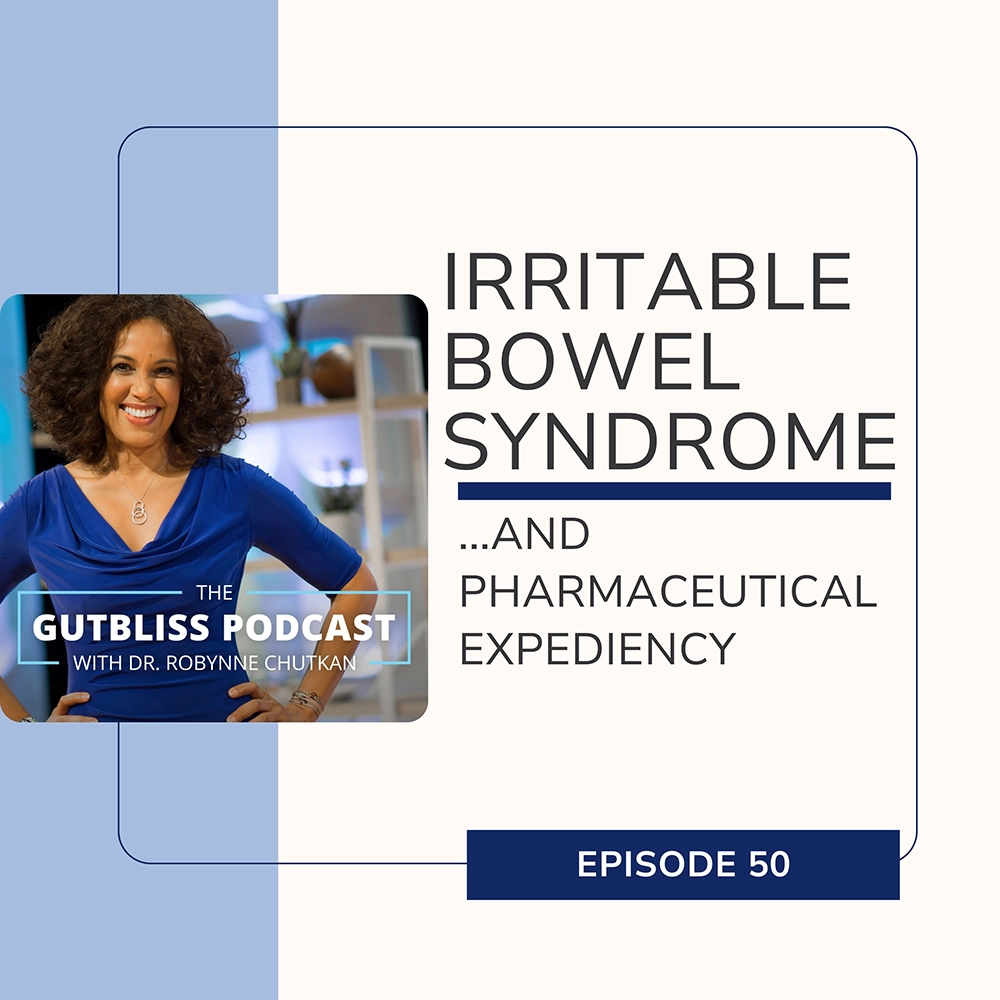Figuring out what’s at the root of skin conditions like eczema (also known as atopic dermatitis) can be a long and challenging journey. Eric shares his experience navigating doctor’s visits, medications, bleach baths, and the elimination diet that finally gave him the answers he was looking for.
Thank you for being a part of our community! For the latest in digestive wellness go to https://gutbliss.com/ and follow us on Instagram for more gut health info.On today’s show, the last in our gut-skin series. And we have a guest today…. someone who’s very well known to me, my husband Eric. Eric, thanks so much for being here. When did you first start noticing skin issues?
It was about 12 years ago. The first thing I noticed was the skin under my wedding ring was dry, itchy, and scaly. Then my eyes started to get irritated after running. I thought it might be my hat – maybe the detergent I was washing it with – since I always work out in a hat. Then it started up in the creases of my elbows, the back of my knees, patches on my calves.
What did you think it was?
I thought it was an allergy, maybe to detergent.
I remember the first dermatologist we went to. You asked her a question.
Yes. She diagnosed me with eczema, and I asked her what was causing it. She said it could be anything: your wife’s perfume, ink in the newspaper, laundry detergent, soap. She made it sound like it would be impossible to figure out what was causing it.
Eczema is also known as atopic dermatitis. What did she recommend for treatment?
She gave me a prescription for a steroid cream.
And did it work?
Not really. It helped a little bit but as soon as I stopped using it, it came back, and it never really cleared it up.
And I remember the lesions on your legs were kind of funny looking – they weren’t just dry patches, they were kind of ulcerated, with a raised edge. So I suggested you see an infectious disease doctor, because it looked like it could be some sort of infection.
And that doctor told me the bacteria on my skin was messed up, and that I likely had a lot of Staph on my skin. More than the normal amount.
Yes – she was referring to Staphylococcus aureus – a bacteria we normally see on the skin but with eczema, we see much higher levels than normal. The skin is basically colonized with Staph aureus. So what did she recommend?
She told me to do bleach baths. And I think she may have prescribed antibiotics – either pills or a cream.
And did that work?
No, it didn’t. And the bleach actually irritated my skin.
But I understand the rationale behind this approach. The idea behind things like bleach baths and antibiotics for eczema is to try and kill off some of the Staph aureus. But just like when we see SIBO in the gut (small intestinal bacterial overgrowth), it’s not the presence of the additional bacteria that’s the problem; it’s the lack of healthy species! And that imbalance – what we call dysbiosis – allows the less helpful species to fill the void created by the lack of good bacteria. And we see the same thing happening on the skin with conditions like eczema and rosacea. With eczema it’s usually an overgrowth of Staph aureus. With rosacea some experts think that having too many Demodex mites on the skin can trigger a reaction and lead to rosacea. And what causes the overgrowth of the Demodex? The same thing that causes overgrowth of Staph aureus in eczema: excessive antibiotics, topical steroids, any kind of immune suppression, and some people have a genetic predisposition. And again, I want to point out that Demodex are a natural part of the skin flora, meaning they’re found in normal healthy skin, but with rosacea there’s excessive growth of Demodex. A lack of healthy skin species creates a void that these organisms are filling. Demodex in the case of rosacea, and Staph aureus in the case of eczema. So these skin conditions represent a form of dysbiosis on the skin. Just like we see dysbiosis in the gut creating many different kinds of health problems – from bloating, gas and SIBO, to autoimmune diseases. And the autoimmune part is because the composition and function of the gut microbiome modulates the immune system, and we see the same thing happening with the skin biome.
So Eric, what did you try next?
I believe that was when I went to see the allergist. And he did skin testing for a bunch of different chemicals in lotions, detergents, etc. And he said I was allergic to propylene glycol.
Propylene glycol is a common ingredient in the chemical and food industry – and in some personal care products. And some of those products come into direct contact with the skin and can cause a reaction called contact dermatitis. So I remember we went through all the products in the house, and I think there might have been one or two things with propylene glycol in it.
Everything had propylene glycol in it! Soaps, lotions; basically anything you would put on your skin.
And I remember thinking: this is it! We have figured it out. This is the smoking gun… except it wasn’t. Things got a little better but then they’d get bad again and new lesions continued to show up. And then you went to see another dermatologist. And I have to give a shout out to this doctor – my good friend, Dr Paula Bourelly, a wonderful dermatologist in Olney, MD. And she did something none of the other doctors had done. She actually took a culture from one of your skin lesions and looked at it under the microscope. And do you remember what she saw?
I think she saw yeast growing.
Yes, she saw a kind of yeast called Candida. And that was a result of all the steroid creams you had been on. So again, it wasn’t the yeast that was causing the original problem; they were just a side effect of the steroids. But I remember that she was the first person who suggested an antifungal and because those ulcers on your legs were so bad, she didn’t just give you an antifungal cream, she also gave you an antifungal medicine to take that helped get those lesions under control.
And then I recommended you try an elimination diet because I remember thinking maybe it’s dairy. There’s a strong association between dairy consumption and eczema in childhood. And you took out dairy for about a month. And what happened?
Nothing! It didn’t make a difference. Then I did a full elimination diet and was just eating white rice and fish. And when I started eating bread and pasta again, the symptoms came back. And that was when it was clear that this was being triggered by gluten. Within about two weeks of taking out gluten the lesions were pretty much healed. That was about 10 years ago, and I really haven’t eaten gluten since then. I’d say I’m about 90% gluten free. Sometimes on vacation I have some bread or a beer and within a day or two usually the first place I notice it is under my wedding ring. The dry, itchy skin comes back and then sometimes I get little satellite lesions elsewhere on my body. But as soon as I cut out the gluten it goes away. And I still sometimes use a combination of a little bit of steroid cream with an antifungal cream if the lesions don’t go away, but it’s pretty rare that I have to use that.
Our daughter Sydney always talks about the good old days when we used to eat baguettes and have croissants and toast sometimes at breakfast. But when your body is reacting with a strong signal like eczema, it makes sense to pay attention to what it’s trying to tell you, and it was definitely telling you that gluten was a problem.
Eric, thanks so much for sharing your skin story. I went through it with you, and I remember how challenging and how uncomfortable it was for you. I remember one day in that first year we were getting ready to go somewhere, and your skin was just on fire. It was really itching and burning, and you were trying not to scratch. And you said to me. Can’t you do something? I remember feeling so helpless at the time that I wasn’t able to fix it. I think one of the doctors wanted to prescribe a topical chemotherapy cream – tacrolimus – and I thought there’s no way I’m letting you put that on your skin. That’s a drug we use in people who are having liver transplants to prevent rejection. It’s a pretty serious immunosuppressive drug, although doctors do use it successfully in severe cases of atopic dermatitis when people aren’t responding to other medications.
And although some of the things the doctors recommended weren’t helpful, like the bleach baths, I’m very grateful to all the doctors you saw because they were just doing the best with what they had and what they knew and trying to help. And some of the things they recommended often are helpful to people who are suffering, despite the side effects.
So as usual, I want to leave you with 3 takeaways.
- If you are struggling with a skin condition – whether it’s eczema or psoriasis or rosacea, the answer is not always going to be an elimination diet, and the culprit is not always dairy or gluten or some other food that you’re eating. What I want to leave you with is this idea that you should keep searching for answers. What is your body, and in this case, your skin, trying to tell you? Is it a food you’re eating? Is it a product you’re using? Is it a medication you’ve taken that has caused some damage. And you know sometimes these questions don’t have answers, but we always still want to ask them, and to look for answers.
- Sometimes a medication you’re prescribed for a condition can help, but it can also create another problem down the road. The steroid cream did eventually help Eric’s lesions, but they created this problem of yeast overgrowth and ultimately more severe lesions. And that is often the case with things like antibiotics and steroids. They can temporarily clear things up, but they often lead to more disruption of the microbiome and more problems.
- Remember that after your GI tract, your skin is your body’s second largest digestive organ. Your skin literally eats what you put on it. It absorbs it into your body. So if you have a disrupted skin barrier, you have to be really careful about what you’re putting on your skin. Leaky skin is a thing, just like leaky gut, and it can allow chemicals into your body through that disrupted skin barrier that can trigger an immune reaction.
So that’s it for this edition of the Gutbliss Podcast on atopic dermatitis, otherwise known as eczema – the last episode in my Gut-Skin series. Optimizing the bacteria in your gut is critical to achieving healthy glowing skin. So if you’ve tried the prescription creams, gels, and pills and you still aren’t getting any relief, it may be time to try a different approach. The Gutbliss Guide to Healthy Skin is a comprehensive resource with over 70 pages of skin dos and don’ts, a product ingredient guide, edible skin care recipes you can whip up in the kitchen, the ideal diet for healthy skin, what to eliminate and what to add in, and lots more tips to glow from the inside out. You can find it at Gutbliss.com under Gut Guides.
Coming up next week on the Gutbliss Podcast: clean, green and schmeary – how to have better wipes. Next week is all about Stool Nirvana!









